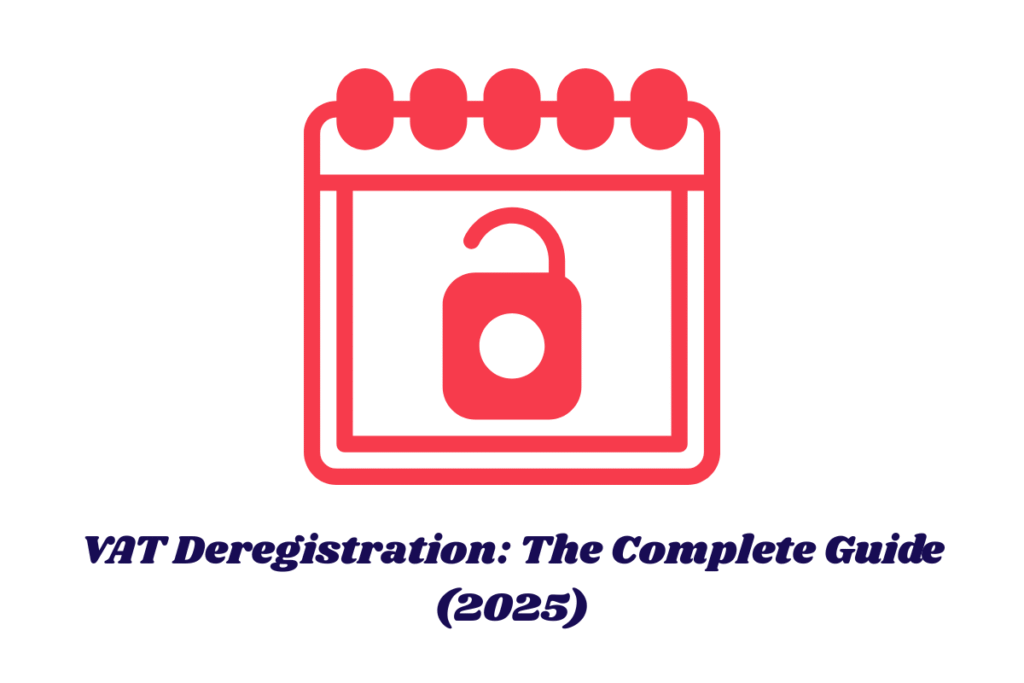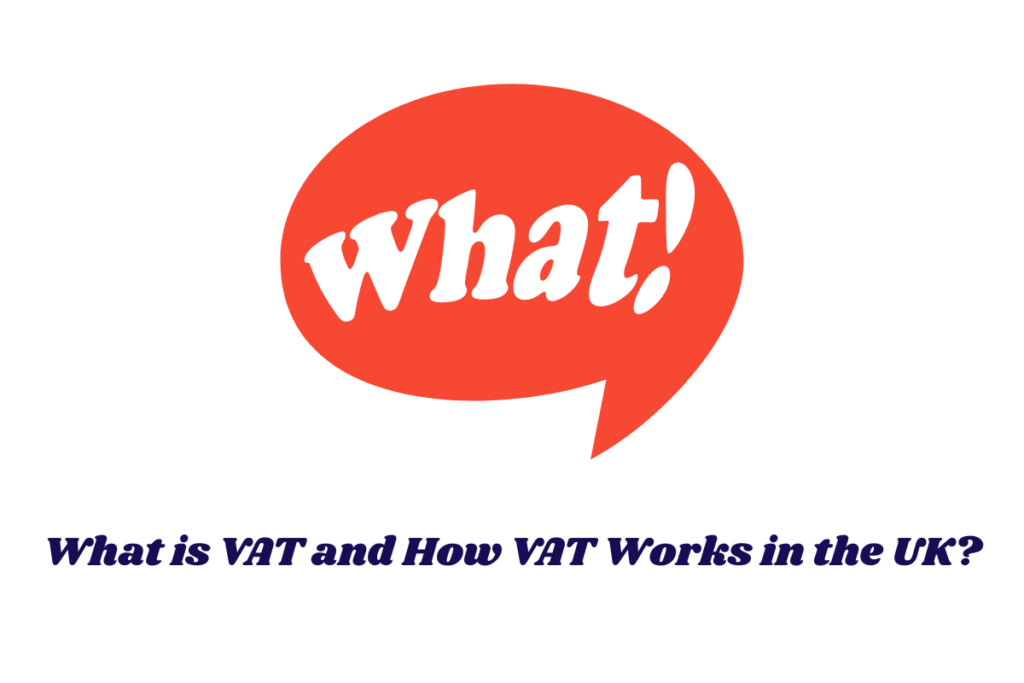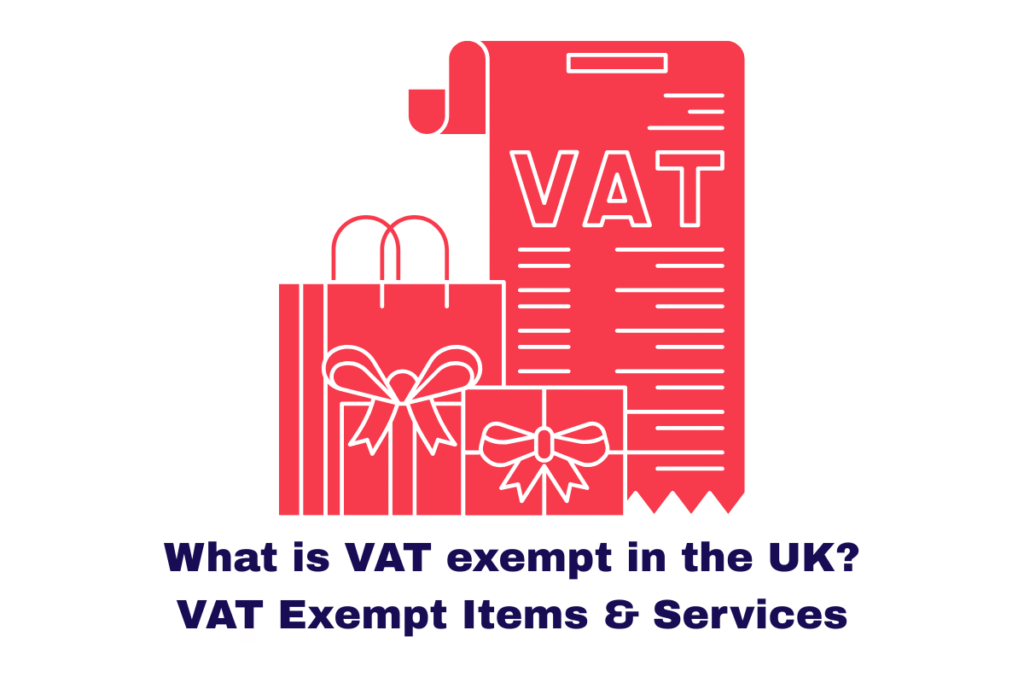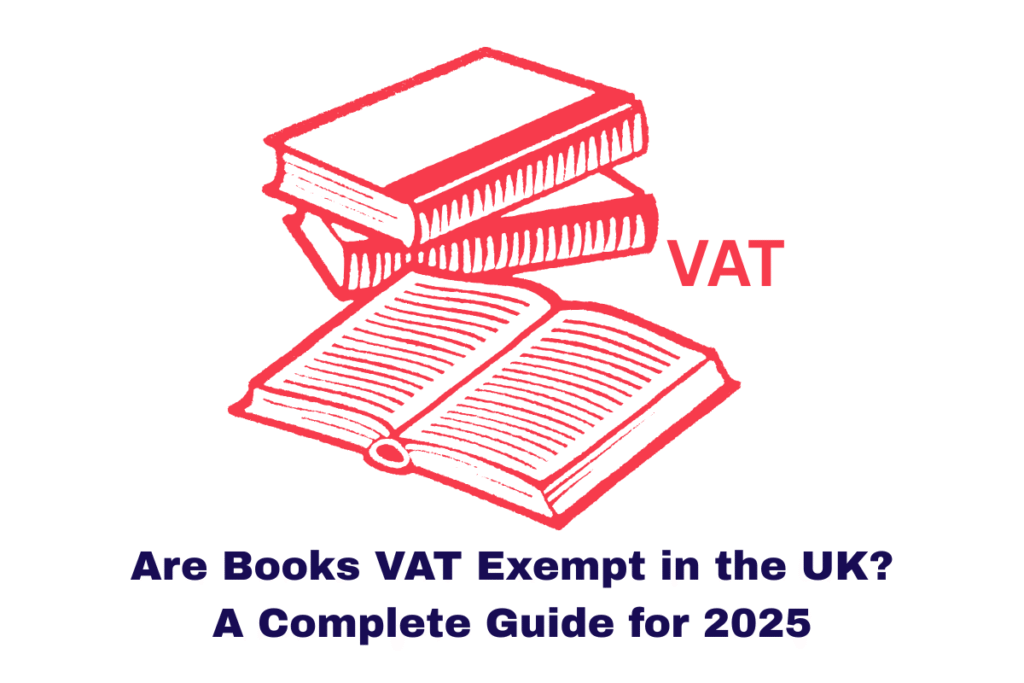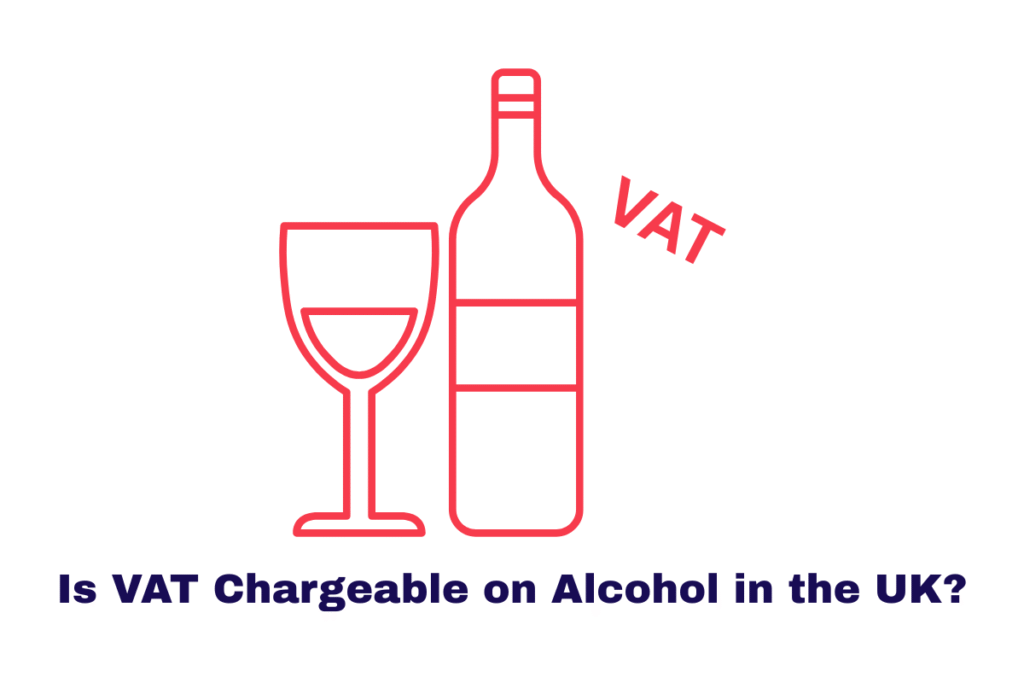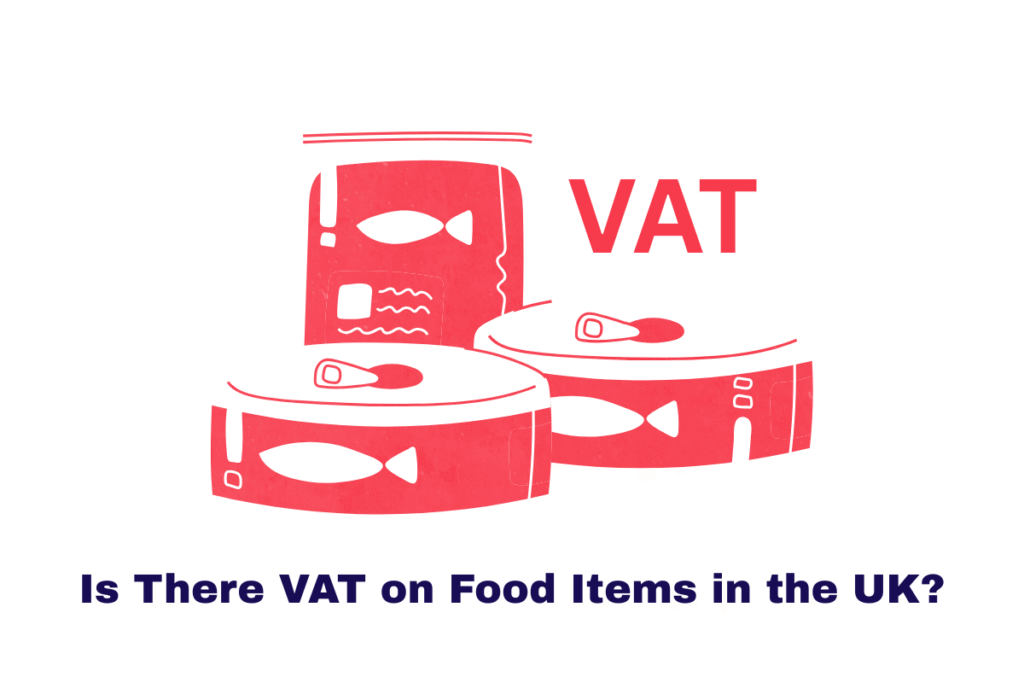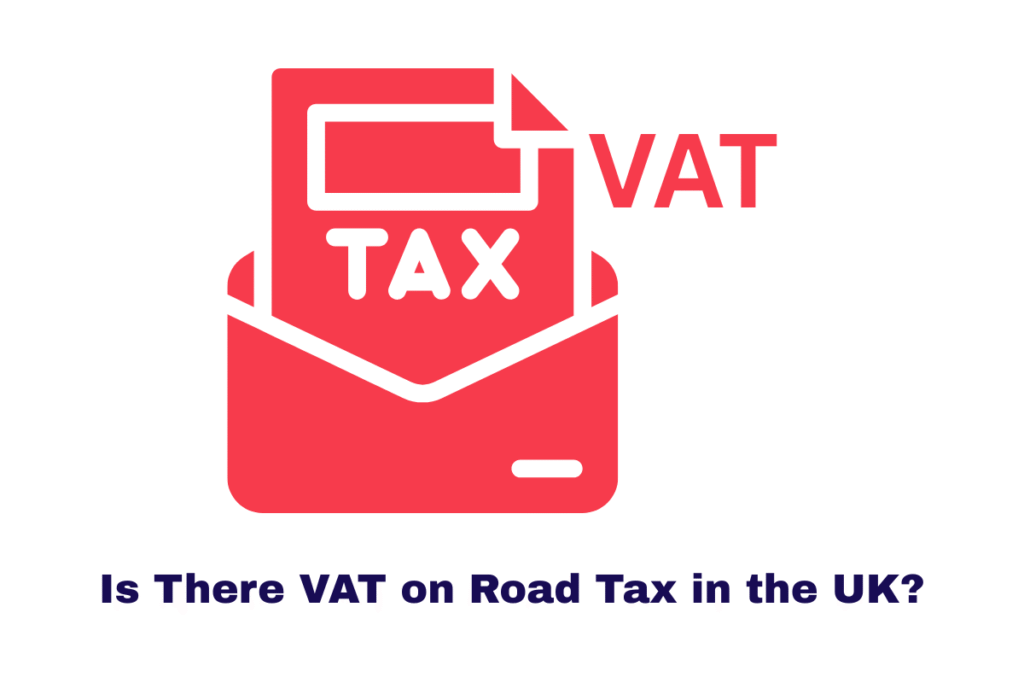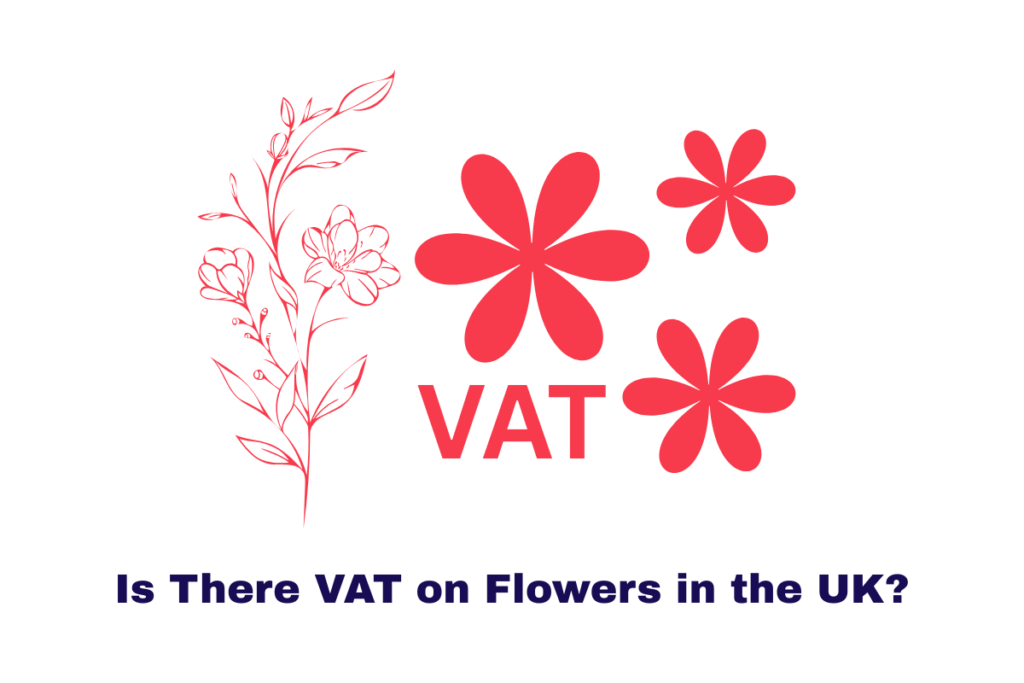Whether you’re a small business owner or a self-employed professional, understanding VAT deregistration is essential to avoid unnecessary costs and comply with HMRC rules. If your turnover has dropped or your business structure has changed, it may be time to consider deregistering for VAT.
Summary
“This guide explains what VAT deregistration means, why businesses may choose or be required to deregister, and the pros and cons associated with the process.”
What is VAT Deregistration?
VAT deregistration is the process of cancelling your VAT registration with HM Revenue and Customs (HMRC). A business can deregister voluntarily if its taxable turnover falls below the deregistration threshold (£88,000 as of 2024), or must deregister if it stops trading or making taxable supplies.
According to HMRC guidance, once deregistered, a business is no longer required to charge VAT on its sales or submit VAT returns. However, certain administrative responsibilities continue, such as keeping VAT records for up to six years after deregistration.
Summary
“VAT deregistration means a business no longer charges VAT or submits VAT returns but must maintain its records for six years post-cancellation.”
Reasons for VAT Deregistration
There are two types of VAT deregistration: compulsory and voluntary.
1. Compulsory VAT Deregistration
Businesses must compulsorily deregister for VAT in the following circumstances:
- The business has ceased trading or making taxable supplies.
- The legal structure of the business has changed (e.g. sole trader to limited company).
- The business joins a VAT group.
- The business joins the Agricultural Flat Rate Scheme.
Summary
“Compulsory deregistration is required when a business no longer meets the criteria to remain VAT-registered.”
2. Voluntary VAT Deregistration
Businesses may voluntarily deregister if their taxable turnover in the next 12 months is expected to be below the current threshold (£88,000). You’ll need to provide evidence to HMRC demonstrating this projected fall in turnover.
Common voluntary deregistration scenarios include:
- Business downsizing or scaling back operations.
- Shifting focus from taxable to exempt supplies.
- Strategic business decisions to attract more clients (especially price-sensitive ones).
More details on turnover thresholds can be found on HMRC’s VAT deregistration guide.
Summary
“Voluntary deregistration allows businesses to exit VAT if turnover is projected to remain under the deregistration threshold.”
Read Our more Detailed Guides on VAT:
Is There VAT on Flowers in the UK?
How to Find VAT Number of a Business?
Is VAT Chargeable on Alcohol in the UK?
Is There VAT on Car Parking in the UK?
How to Deregister for VAT in the UK
You can apply for VAT deregistration online using your Government Gateway account or by submitting form VAT7.
Online Process:
- Log in to your HMRC business tax account.
- Select the VAT section and click “Cancel VAT registration”.
- Provide the reason and requested details.
- HMRC will confirm deregistration, usually within 3 weeks.
Paper Form:
If you cannot apply online, submit VAT7 form by post.
Once your deregistration is approved, you’ll receive confirmation with the official deregistration date and final return instructions.
Summary
“You can deregister online or by post, and HMRC typically processes the application within 3 weeks.”
Advantages of VAT Deregistration
Choosing to deregister for VAT can be beneficial, particularly for small businesses with low margins or limited taxable turnover.
Key Benefits:
- No more VAT returns – Reduce compliance and accounting workload.
- Improved pricing flexibility – You can sell at lower prices without VAT.
- Cash flow efficiency – No need to charge and remit VAT on invoices.
- Appealing to B2C clients – Non-VAT prices can attract price-sensitive customers.
Summary
“VAT deregistration reduces admin and improves price competitiveness, especially for B2C businesses.”
Disadvantages of VAT Deregistration
Despite the benefits, this can also have some downsides depending on your business model.
Potential Drawbacks:
- No VAT reclaim – You cannot reclaim input VAT on purchases or expenses.
- Perception issue – Larger clients may view non-VAT businesses as too small or unprofessional.
- Administrative obligations remain – VAT records must be kept for six years.
- Final VAT return – You may have to pay VAT on stock or assets held at deregistration date.
Summary
“While deregistration eases cash flow, it limits VAT recovery and may impact business reputation among larger clients.”
Post-Deregistration Responsibilities
Even after deregistering, you’re still responsible for:
- Submitting your final VAT return.
- Paying any VAT due on existing stock or assets if input VAT was reclaimed.
- Keeping VAT records for 6 years, as per HMRC compliance.
You must also ensure all invoices and financial documents reflect your non-VAT status going forward.
Summary
“Post-deregistration, you must settle your final VAT return and maintain historical VAT records for HMRC inspection.”
When to Avoid VAT Deregistration
You might think about not deregistering for VAT if:
- Your suppliers are VAT-registered and you rely heavily on input VAT claims.
- You’re planning to expand operations again in the near future.
- Your clients are predominantly VAT-registered businesses (they can reclaim your VAT anyway).
- Your business image relies on appearing as a “larger”, VAT-registered entity.
In such cases, remaining registered might offer more financial and brand-related advantages.
Summary
“Sometimes staying VAT registered makes strategic sense depending on your supply chain and future growth plans.”
Final Thoughts: Is VAT Deregistration Right for You?
VAT deregistration isn’t a decision to make lightly. While it can simplify operations and reduce costs, it may also impact your ability to claim VAT, and affect how clients perceive your business.
Before making a decision, consult with a qualified accountant or VAT advisor to ensure it aligns with your business goals. For more detailed information, always refer to HMRC VAT Guidance.
Summary
“Deregistering from VAT is a strategic move that requires financial foresight, professional guidance, and careful record-keeping.”
Frequently Asked Questions (FAQs)
Q: Can I re-register for VAT after deregistration?
Yes. If your taxable turnover increases above the threshold or circumstances change, you can re-register at any time.
Q: What happens if I don’t deregister when required?
Failure to deregister when required can result in penalties and interest on unpaid VAT. Always inform HMRC promptly.
Q: Will I be notified when my VAT deregistration is approved?
Yes, HMRC will send you a confirmation along with your deregistration date and any additional instructions.
Summary
“Understanding the nuances of VAT deregistration can prevent compliance issues and support long-term business planning.”
The content provided on TaxCalculatorsUK, including our blog and articles, is for general informational purposes only and does not constitute financial, accounting, or legal advice.
You can also visit HMRC’s official website for more in-depth information about the topic.
